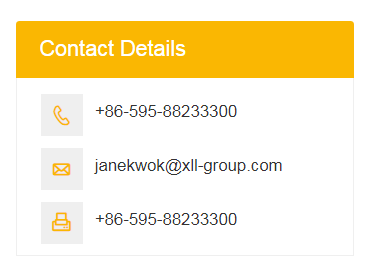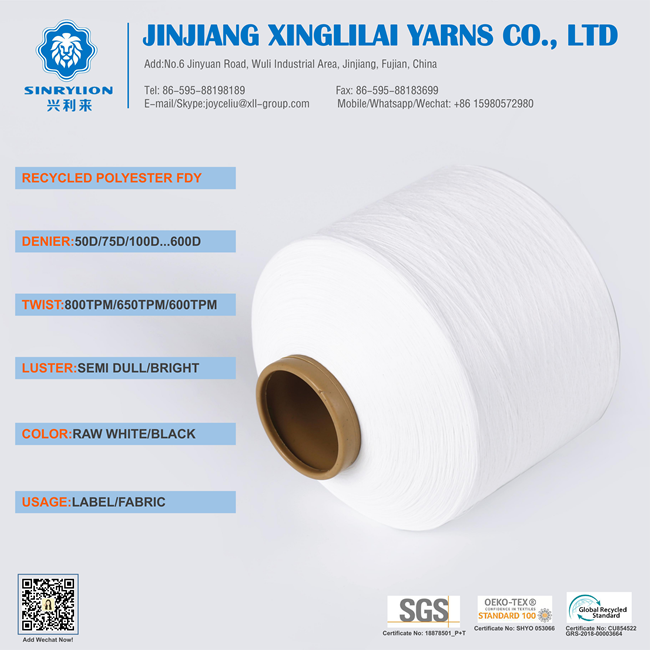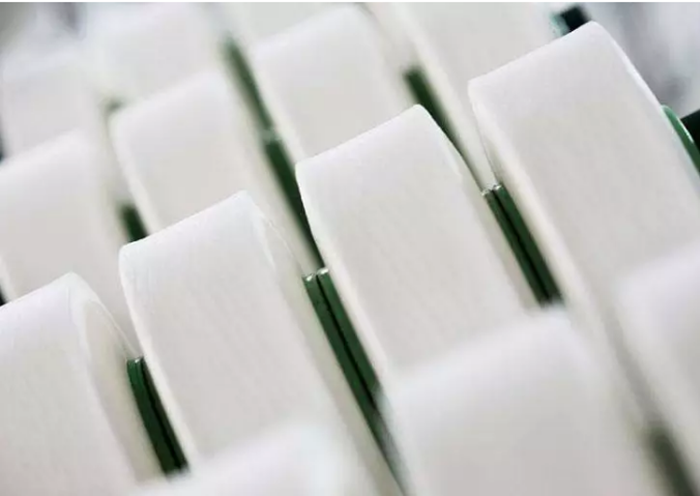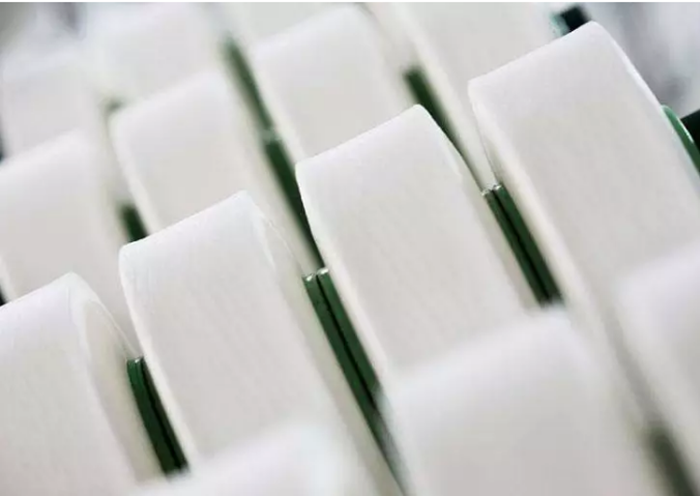How does the thick fiber density of the synthetic fiber and the twisted wire prevent the knot?
How does the thick fiber density of the synthetic fiber and the twisted wire prevent the knot?
Synthetic fiber (mainly polyester) thick wire density and twisted silk knots are often woven in water jet weaving, especially when passing through steel shovel, which is often prone to debonding, which has a very negative impact on weaving production. Generally, the probability of debonding of filaments below 167 dtex (150 denier) is small, and the phenomenon of thick line density plus twisting of 222 dtex (200 denier) or more, especially above 333 dtex (300 denier) is common.
01 The main reason for this is:
1 The thick line density plus twisting wire itself is relatively thick. If it is generally required to make a single knot, the knot fastness is not good enough. Because if you make a half-knot knot, the size of the knot is even larger. It is more difficult to get through the comprehensive hemorrhoids, and it is easy to cause hair-breaking.
2 The thick line density silk is twisted and then knotted. The internal space of the knot itself is large (and DTY is especially good), and the probability of knot slippage is relatively high.
3 times 捻 or strip warping operators are not aware of the quality of knotting, as long as the knot can barely pass this process, everything will be fine. Especially the double-twisting operator, the knotting quality is even worse.
01 Solution:
1 Improve the knotting quality of the front double-twisting and slitting warping operators. To standardize the standard gesture of the single knot (winding program), in addition, add a "trick" action after the knot is finished, that is, pull the tail to tighten the knot, so that the internal space of the knot is reduced as much as possible to reduce slippage. Opportunity, then trim the horns.
2 If the length of the horn is appropriately increased without affecting the quality of the fabric, it can be relaxed to 0.5cm (generally required to be 0.2~0.3cm). Even if the knot is subjected to tension in the back channel and the two threads are slipped, there is enough The room "squeezes out" the remaining voids in the knot without slipping off.
3 If the twisting and twisting of the warp and weft is common, the method of not repeating when the double twist is broken can be adopted, and the small bobbins are all used as the weft. This can avoid the drawback of knot slippage and reduce knots.
4 The quality of the knotting of the front operator can be assessed by the record of the number of looms, and the economic responsibility is implemented, thereby promoting the quality of the knot before the double-twisting and slitting warping operators.
5 Buy as much as possible the filaments with lower oil content. The oil content of domestic Put silk is generally exceeding the standard, and the knot is the most slippery. It is better to choose when purchasing the raw silk. The qualified water-jet weaving manufacturer should test the oil content of the raw silk. Generally speaking, the OPU of polyester FDY ( The oil content should be between 0.15% and 1%, while the OPU of polyester DTY should not exceed 2%.
If you need PTY polyester texturize twisted yarn, please contact us:




 English
English 한국어
한국어 বাংলা ভাষার
বাংলা ভাষার हिन्दी
हिन्दी Türkçe
Türkçe русский
русский




